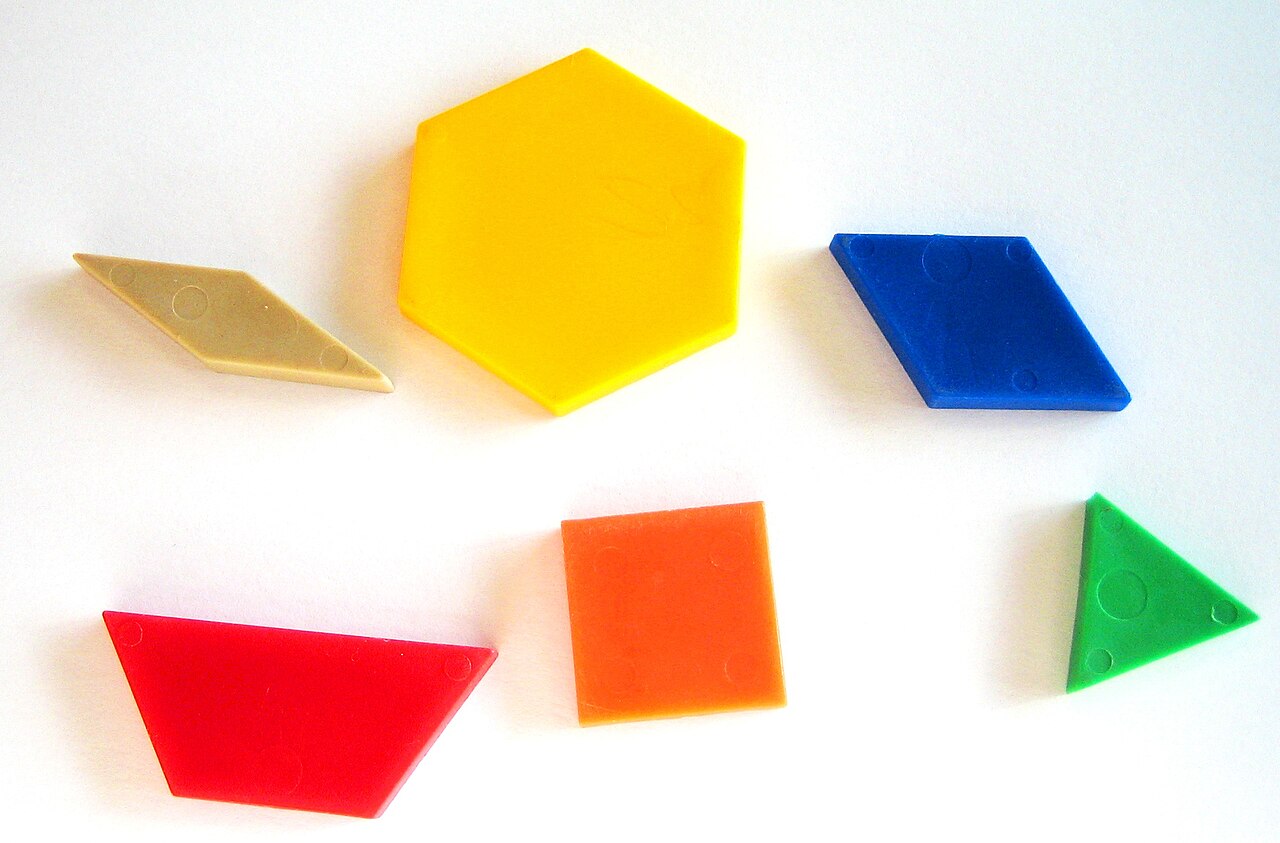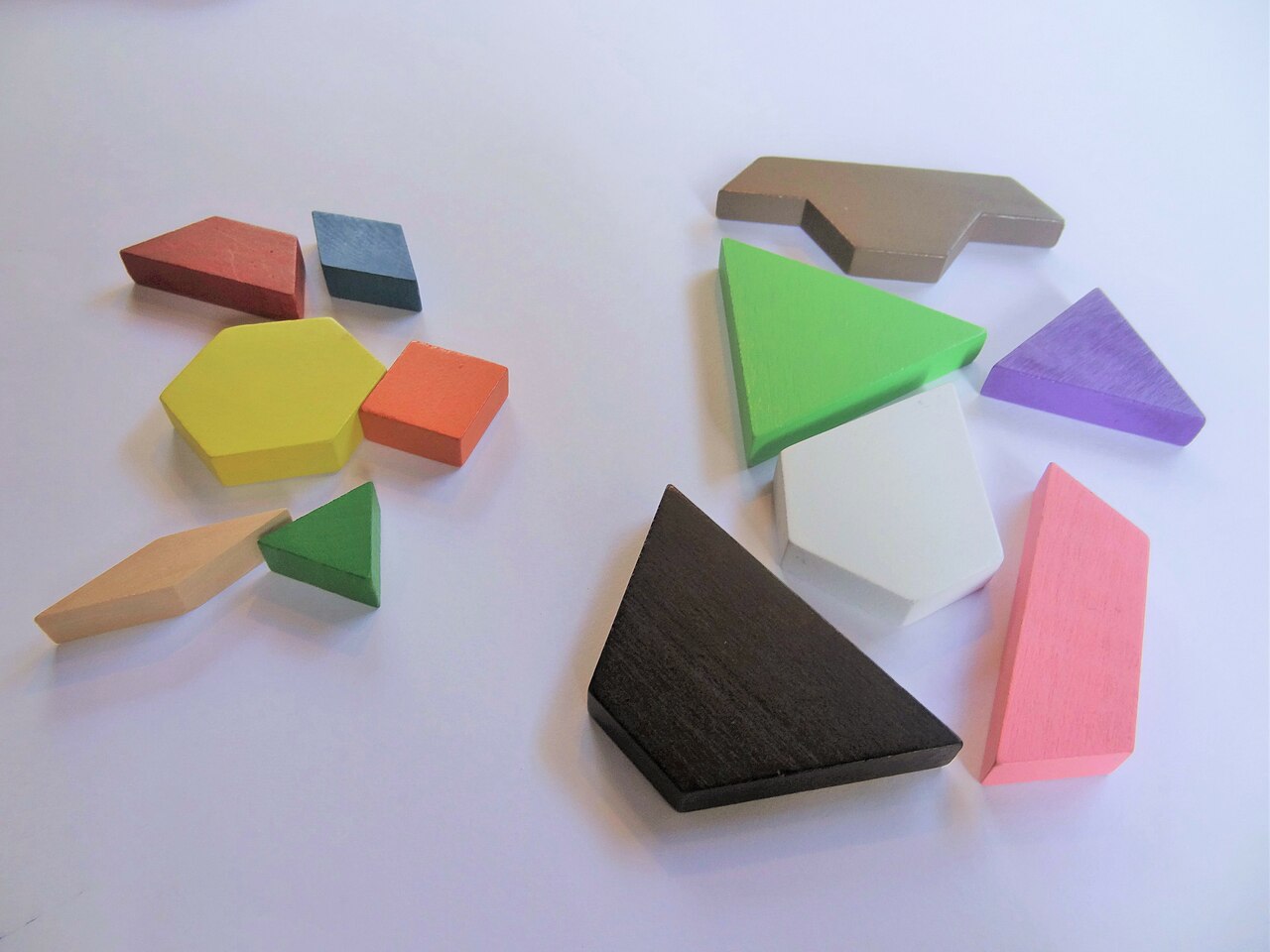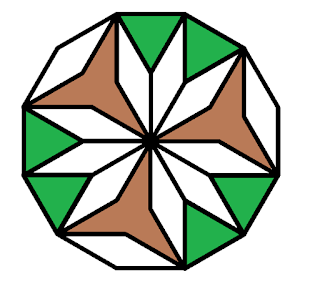Kim was kind enough to comment on my last post. Here's part of what she said
It's been a delight to work with Graham Fletcher's 3-Act tasks over the last few years. Is there anyone who doesn't know these yet? Just in casre, let me tell you, it's an excellent approach to problem-based learning, where, in "Act 1" children watch a scenario, and then are asked to notice things and ask questions about it. Hopefully, and usually, there's a "how many?" question that comes up naturally, just the right one to pursue. Children can then estimate an answer to the question, and think about what additional information they need. Then, in Act 2, they're given some supplementary information that should help them to get started on calculating. While they're doing this, they can select the resources, the materials that will help them best, whether it be pencil and paper, number line, hundred square, snap cubes or whatever.When they've had plenty of time to struggle with the question and come up with answers, there's Act 3, which shows them the answer being revealed.
So, to repeat Kim's question, is there another type of lesson, where students simply get to know and explore what a material or a representation can do?
I would say a definite yes to this. Especially with younger learners, I want them to spend time getting to know number lines, ten frames, counting, snap cubes, counters and of course Cuisenaire rods, just to see what they can do. I still want there to be a degree of openness in the task; I never want students to just follow instructions, but the challenge can be to achieve certain things, or explore possibilities with the manipulative.
Take a recent lesson with number lines. We'd had a really interesting discussion about where numbers should go on a line, and I then had a great lead in to an idea I'd seen on Kristin's blog, children themselves placing numbers onto an empty strip of tape (a literal one this time).
And we're regularly doing this with the Cuisenaire rods. Just on Thursday, the task was to find different ways of making a "train" of two rods that is the same length as the orange rod.
I've gone into more detail about what we've been doing in our Cuisenaire lessons here; one things's for sure - I've definitely mandated their use. I want my students to be really familiar with them and use them for exploring how numbers work, for asking questions and investigating. And hopefully to have a real "feel" for numbers because they've navigated the model in lots of ways.
A couple of examples. During the Thursday lesson, M, who knows I like his questions and observations, called me over. He had something to say. He said making the same-length train with the blue and the white rod was "fussy". I'm puzzled, and, after a bit of questioning, he asks a neighbour about it, in Spanish. No, it's not "fussy", it's "easy"! I ask if I can video him talking about it:
I've been working with tape diagrams for several years now, so I do feel like I know them (though I can always learn more), but it's true that they were foisted upon me by EngageNY and so it wasn't a voluntary process. I guess one question I have about that as a teacher, though, is: is there ever a time when we should make a particular tool or model mandatory because we are trying to help kids become familiar with it, so that later they can have a choice about whether to use it or not? My leaning has always been toward not mandating any tool or model ... toward always leaving it open to the child to explore and choose the representation that makes sense to him/her. But when I started working with younger kids, it seemed like it might be necessary to "mandate" certain models (like the tape diagram, or the number bond, or the "quick tens" drawings) for at least a couple of days as a way to lay a foundation. I wonder deeply about this, because it goes against my instincts to mandate, but then I think that maybe as a 4th grade teacher I was just benefitting from the groundwork that my colleagues had already laid through some of their "today we're all going to try this model" work. Would love your thoughts on this.It's a really interesting comment, and I've been pondering it through the weekend.
It's been a delight to work with Graham Fletcher's 3-Act tasks over the last few years. Is there anyone who doesn't know these yet? Just in casre, let me tell you, it's an excellent approach to problem-based learning, where, in "Act 1" children watch a scenario, and then are asked to notice things and ask questions about it. Hopefully, and usually, there's a "how many?" question that comes up naturally, just the right one to pursue. Children can then estimate an answer to the question, and think about what additional information they need. Then, in Act 2, they're given some supplementary information that should help them to get started on calculating. While they're doing this, they can select the resources, the materials that will help them best, whether it be pencil and paper, number line, hundred square, snap cubes or whatever.When they've had plenty of time to struggle with the question and come up with answers, there's Act 3, which shows them the answer being revealed.
So, to repeat Kim's question, is there another type of lesson, where students simply get to know and explore what a material or a representation can do?
I would say a definite yes to this. Especially with younger learners, I want them to spend time getting to know number lines, ten frames, counting, snap cubes, counters and of course Cuisenaire rods, just to see what they can do. I still want there to be a degree of openness in the task; I never want students to just follow instructions, but the challenge can be to achieve certain things, or explore possibilities with the manipulative.
Take a recent lesson with number lines. We'd had a really interesting discussion about where numbers should go on a line, and I then had a great lead in to an idea I'd seen on Kristin's blog, children themselves placing numbers onto an empty strip of tape (a literal one this time).
And we're regularly doing this with the Cuisenaire rods. Just on Thursday, the task was to find different ways of making a "train" of two rods that is the same length as the orange rod.
I've gone into more detail about what we've been doing in our Cuisenaire lessons here; one things's for sure - I've definitely mandated their use. I want my students to be really familiar with them and use them for exploring how numbers work, for asking questions and investigating. And hopefully to have a real "feel" for numbers because they've navigated the model in lots of ways.
A couple of examples. During the Thursday lesson, M, who knows I like his questions and observations, called me over. He had something to say. He said making the same-length train with the blue and the white rod was "fussy". I'm puzzled, and, after a bit of questioning, he asks a neighbour about it, in Spanish. No, it's not "fussy", it's "easy"! I ask if I can video him talking about it:
I love it when students bring up something we can explore further, in this case how easy making a set of equivalent trains is when the white rod is part of one of them.
Earlier on, in free play with the rods, T had made a German flag.
Something must have really intrigued T about this, because he then started trying to make same-colour trains in other colours, adding a white rod at the end if necessary.
I'm looking forward to sharing this with the class again and exploring this idea together.
Now, this isn't problem-solving in the way we most often talk about it in maths lessons, but this sort of inquiry is, to me, worth sharing with the class and pursuing together.
As we build up an understanding of the way numbers work like this, I'm expecting that the children will be flexible thinkers with numbers, because they've seen how they work. I'm hoping that, eventually they won't need to pull the Cuisenaire rods out every time, because of the number sense they've developed through them. There will be new things we explore where we'll need them again, so they will always be a place for them. But there will also be the "mastery of structure" as Goutard calls it, that means students carry all sorts of acquired understandings with them mentally.
But I'm interested in Kim's instinct about mandating. How would it respond to the kind of work I'm talking about?

















































